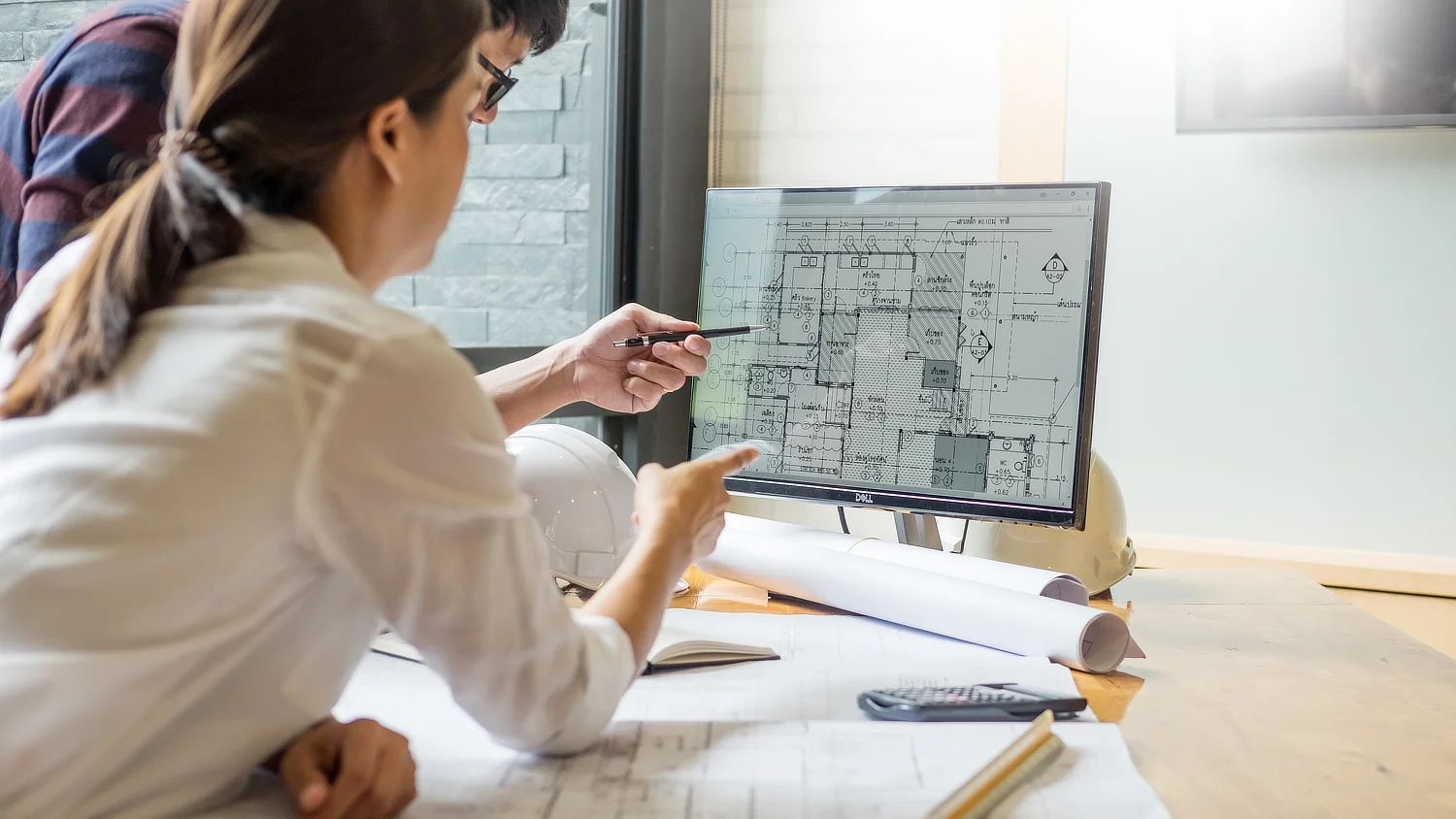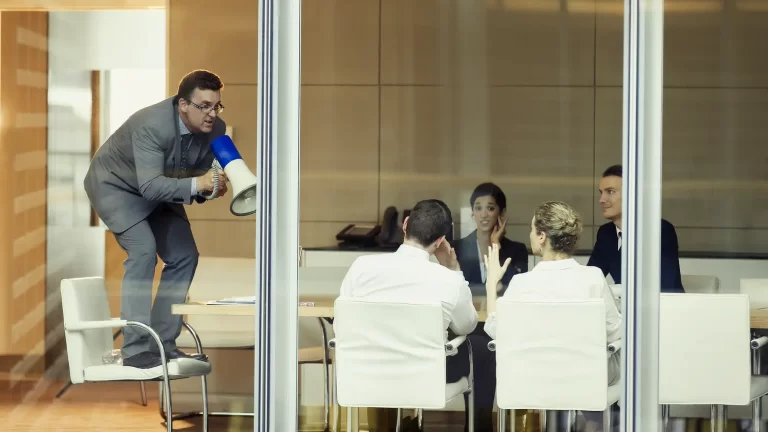An effective office redesign or move is akin to setting the stage for a company’s future success, where a well-crafted design brief plays the pivotal role of a blueprint. Without it, businesses risk creating aesthetically pleasing yet functionally misaligned spaces that fail to support their goals and the well-being of their employees.
A design brief goes beyond the superficial aspects of design, delving into the core objectives, needs, and aspirations of a business. It is the cornerstone that ensures the office environment not only looks appealing but also enhances productivity, aligns with the company’s values, and leverages the full potential of its workforce. Essentially, it’s the guide that aligns every design decision with the company’s strategic vision, ensuring that every element of the office space contributes to a high-performance workplace.
Creating a high-performance workplace starts with understanding the unique needs of your organisation and encapsulating these requirements in a design brief. This document serves as a consensus among stakeholders, outlining the vision, objectives, and the pathway to achieving an environment that boosts productivity by up to 12%. It addresses everything from spatial needs and facilities to the integration of new processes, aligning every aspect of the office design with the company’s identity and mission.
A comprehensive office design brief is built on three main components: context, challenge, and deliverables.
- Context: This encompasses who you are as a company and where you aim to go. It requires a deep dive into the company’s history, industry position, and future ambitions, ensuring the design is informed, relevant, and tailored to the company’s vision.
- Challenge: Here, the focus shifts to the specific needs and obstacles faced by the business. It’s about identifying the practical issues your office design needs to address, from spatial limitations to enhancing collaboration.
- Deliverables: The tangible outcomes expected from the redesign. Establishing clear deliverables allows for the setting of project milestones and ensures that the design process remains aligned with the company’s goals.
A successful design brief involves engaging various stakeholders, including employees, to ensure the office environment meets everyone’s needs. Conducting audits and interviews can uncover valuable insights into what works, what doesn’t, and what’s desired in the new office space. This collaborative approach not only ensures the design is comprehensive but also fosters a deeper connection between employees and their workspace.
While a design brief sets the direction, it must also allow for flexibility. As businesses evolve, so too might their office design needs. Remaining adaptable ensures that the office environment can grow and change in tandem with the company.
In summary, an effective design brief is indispensable in creating an office space that is not just visually appealing but also functionally aligned with a company’s goals. By thoroughly addressing the context, challenges, and deliverables, businesses can ensure their office redesign supports a high-performance workplace that inspires and facilitates success.



